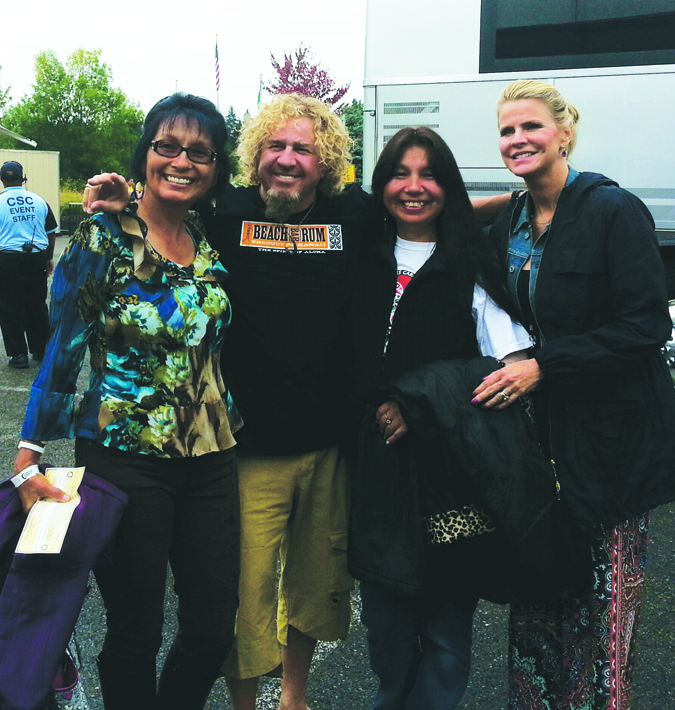For at least two families at Liberty Elementary, barely more than a block west of Marysville Middle School, this year marked a particularly unique transition.
Art Noriel Castillo entered fifth grade at Liberty Elementary this year, but his father, Arturo Castillo, had to show up early to complete all his paperwork since they just recently moved to the area from Saipan.
“We came here because the schools here are very good,” said Arturo Castillo, as Art Noriel Castillo deemed math his favorite subject.
Monika Little has taught second grade at Liberty Elementary for 19 years, while her husband Richard has taught fourth- and fifth-grade classes at Liberty for 16 years, but this year marked their daughter Maya’s entry into first grade at the school.
“This school already has such a community feel for us,” Monika Little said. “The only difference now is, at various school functions, we’ll be doing double-duty as parents and teachers.”
“We’ve really embraced the culture of this school,” Richard Little said. “What better way to do so than to bring our daughter here?”
Maya Little confidently asserted that she had “no worries” about starting first grade, and like Art Noriel Castillo, she looked forward to studying math in class.
Since the first day of school was the same day for elementary schools and middle schools in Marysville this year, Tammy Hildebrand had already dropped off one child at middle school that morning before introducing her daughter to her second-grade teacher and her son to his fifth-grade teacher at Liberty Elementary barely an hour later.
“I’ve had lots of coffee today,” Hildebrand laughed.
“I still get excited jitters on the first day of school, and I’ve been through 10 principals here,” laughed Karen Wright, a third-grade teacher who’s been at Liberty Elementary since 1984. “I was one of the younger teachers here when I started out, and I stayed here because I love this school and I love our families. I’ve got second-generation students now, whose parents were children in my class, and they’ve heard all the stories. Even the high school kids will come back and remember the places where they sat in my room.”
While third-graders don’t have nearly the amount of nervousness that younger kids do about the first day, Wright still needs to guide them back into the groove of studying, as they’re united with friends they might not have seen all summer long. Wright herself spent her summer studying the Common Core State Standards and acquiring new texts for her students.
“The curriculum has gotten more challenging over the years, and the expectations of state testing are more demanding now, but the kids are basically the same as they’ve always been,” said Wright, who praised the support of her fellow teachers and school staff members. “The kids are just great. I never wanted to become a principal, because being a teacher here is just great. Except for one year in England, I’ve taught in Marysville my whole career, and of those years, I’ve taught at Liberty for all but my first year, when I was at Shoultes. I love it here.”
For Liberty Elementary first-grade teacher Karen Robinson, this year served as a first day of school in more ways than one, since it was also her first day of teaching a class of her own.
“I was a substitute teacher for three years before this,” said Robinson, who credited her own fourth-grade teacher with inspiring her to enter education. “I thought she was so cool, and I knew that’s what I wanted to do when I grew up.”
Robinson’s biggest challenge in preparing her own classroom was figuring out how it should be laid out, since she was accustomed to coming in as a substitute and working within other teachers’ setups for their classrooms.
“In the end, I went with openness,” Robinson said. “I wanted to be able to see all the kids, and to see them learning.”
While Lucas Walker, one of Robinson’s first-grade students, had already attended Liberty Elementary for the Early Childhood Education and Assistance Program, his first day was still a bit difficult for his mom.
“I let him walk to school by himself, because he’s a big boy now,” Shelly Walker said. “It’s sad that he’s growing up so fast. He’s not my baby anymore.”
Watch the slideshow here: http://www.flickr.com/photos/marysvilleglobe/9713212416/















